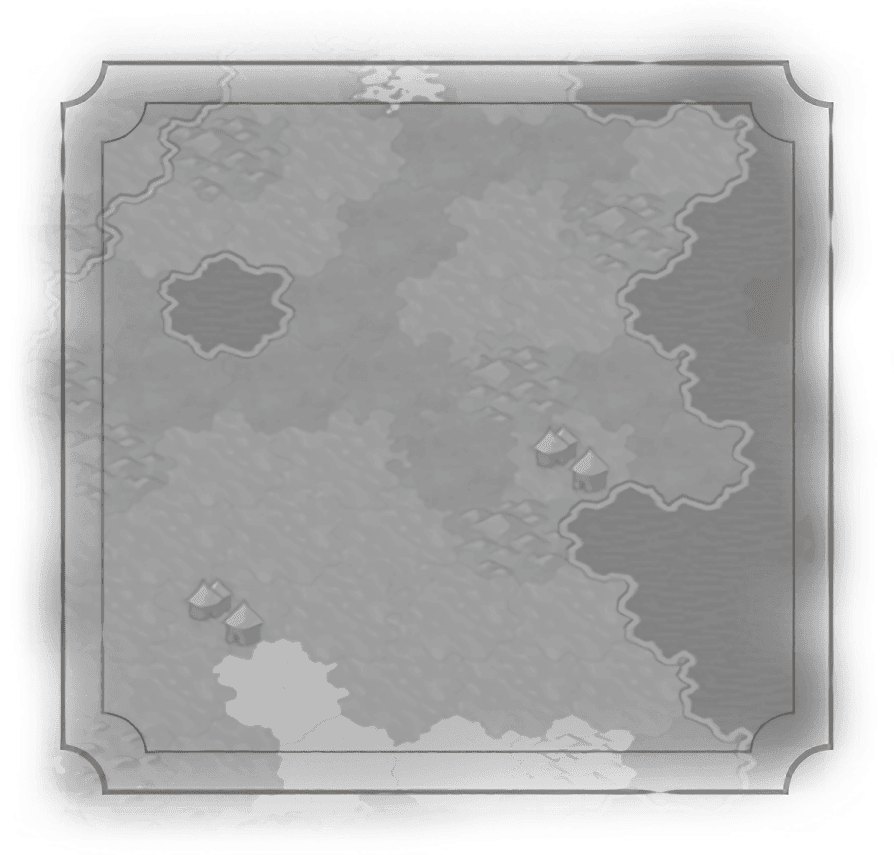Air Combat
Civilian
Land Combat
Naval Combat
Support
Anti-Air Gun
Battering Ram
Cultist
Drone
Medic
Military Engineer
Mobile SAM
Observation Balloon
Siege Tower
Soothsayer
Supply Convoy
Heroes


Anti-Air Gun
Description
Atomic era anti-air support unit. Provides cover from air attacks up to 1 hex away from the weapon.
Historical Context
The minute generals started using aircraft, other generals started shooting at them, usually with artillery. The unsporting use of balloons by the Union army to gather intelligence in the American Civil War compelled the Confederates to develop methods to bring them down to earth. Nothing very practical was developed for anti-aircraft purposes until WW1, when the British decided a few weeks into the conflict that something was needed to dissuade the Germans from flying over their coasts with Zeppelins; the QF 1-pounder “pom-pom” was the first artillery piece designed as a dedicated anti-aircraft (AA) gun. Soon, everyone had some type of “ack-ack” to fire at the growing number of warplanes buzzing about, both on the battlefield and on the home front. During WW2, there were lots of AA guns deployed, but they weren’t very effective against the new breed of fast aircraft; post-war studies showed that the vast majority of bombers still reached their targets (on the order of 90%). And thus, as jet aircraft made an appearance, so too did AA missiles.

Requirements
Technology
Production Cost
Base Cost: 455  Production
Production
 Production
ProductionPurchase Cost
Base Cost: 1820  Gold
Gold
 Gold
GoldMaintenance Cost
Base Cost: 2  Gold
Gold
 Gold
Gold
Description
Atomic era anti-air support unit. Provides cover from air attacks up to 1 hex away from the weapon.
Historical Context
The minute generals started using aircraft, other generals started shooting at them, usually with artillery. The unsporting use of balloons by the Union army to gather intelligence in the American Civil War compelled the Confederates to develop methods to bring them down to earth. Nothing very practical was developed for anti-aircraft purposes until WW1, when the British decided a few weeks into the conflict that something was needed to dissuade the Germans from flying over their coasts with Zeppelins; the QF 1-pounder “pom-pom” was the first artillery piece designed as a dedicated anti-aircraft (AA) gun. Soon, everyone had some type of “ack-ack” to fire at the growing number of warplanes buzzing about, both on the battlefield and on the home front. During WW2, there were lots of AA guns deployed, but they weren’t very effective against the new breed of fast aircraft; post-war studies showed that the vast majority of bombers still reached their targets (on the order of 90%). And thus, as jet aircraft made an appearance, so too did AA missiles.
Requirements
Technology
Production Cost
Base Cost: 455  Production
Production
 Production
ProductionPurchase Cost
Base Cost: 1820  Gold
Gold
 Gold
GoldMaintenance Cost
Base Cost: 2  Gold
Gold
 Gold
Gold


